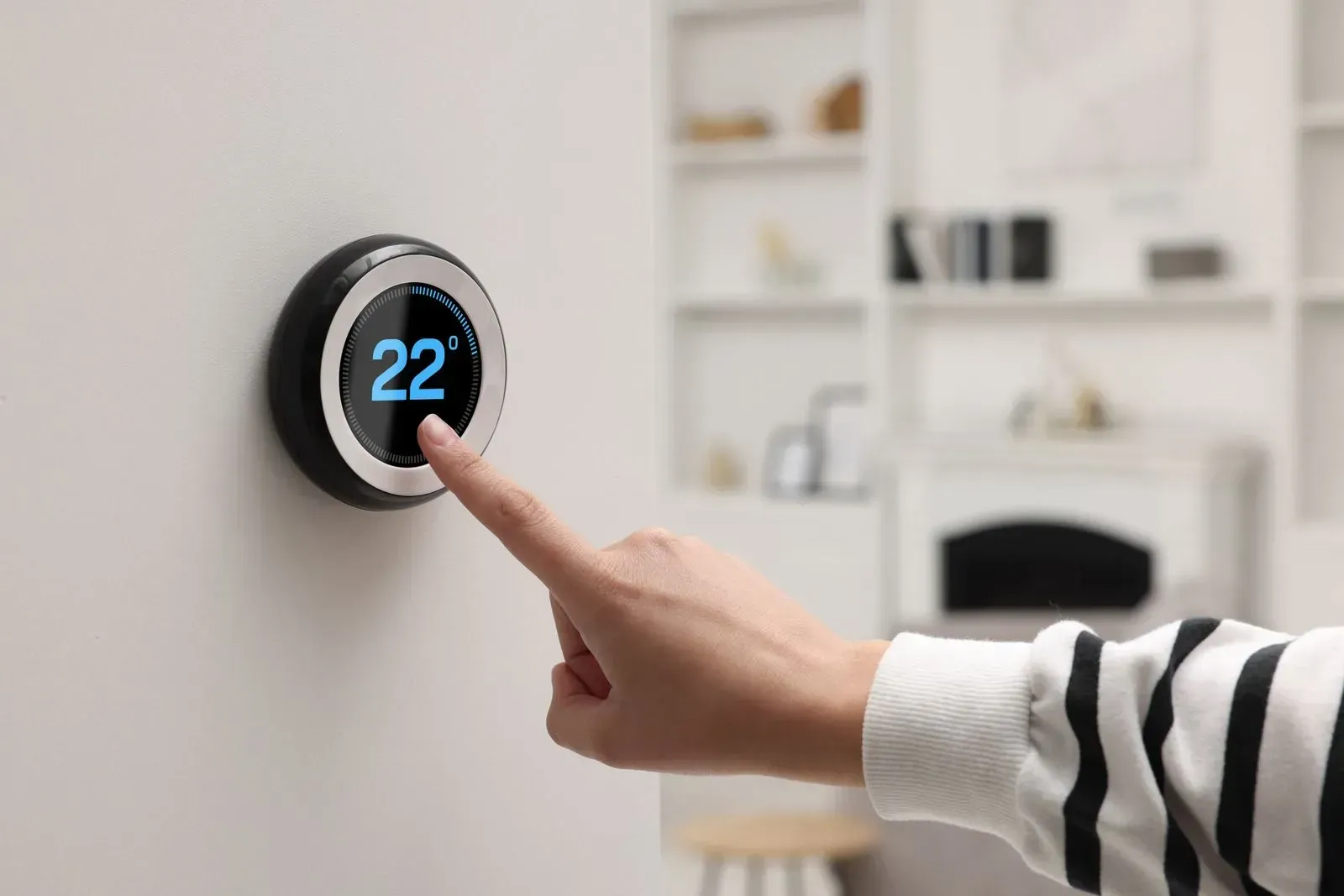Smart Thermostats: How They Can Save You Money on Energy Bills
June 4, 2025

Energy costs are a major expense for homeowners, especially during extreme weather seasons. If you're looking for a way to lower your utility bills without sacrificing comfort, upgrading to a smart thermostat is a game-changer. These advanced devices automatically adjust your home's temperature based on your schedule and habits, ensuring efficient energy use.
Unlike traditional thermostats, smart models connect to Wi-Fi, allowing you to control your home's heating and cooling remotely. They also provide real-time energy usage data, helping you identify ways to cut costs. With the right smart thermostat, you can enjoy consistent comfort while reducing energy waste.
How Smart Thermostats Help Reduce Energy Bills
1. Learning Your Schedule for Optimal Efficiency
One of the biggest advantages of smart thermostats is their ability to learn your daily routine. Many models use artificial intelligence to track when you’re home and away, adjusting the temperature accordingly.
For example, if you leave for work at 8 AM, your thermostat can automatically lower the heating or cooling, reducing unnecessary energy use. Before you return, it readjusts to ensure your home is comfortable upon arrival. This automation prevents energy waste and keeps your HVAC system from running unnecessarily.
2. Remote Control for Convenient Adjustments
Smart thermostats allow you to control your home's temperature from anywhere using a smartphone app. If you forget to adjust the thermostat before leaving home, you can easily change settings remotely.
This feature is especially useful when unexpected schedule changes occur. If you're coming home earlier than planned, you can adjust the temperature in advance so your home is comfortable without wasting energy all day.
3. Energy Usage Reports for Better Savings
Most smart thermostats provide detailed energy reports that show how much heating and cooling your home uses. These insights help homeowners make smarter decisions about energy consumption.
By analyzing these reports, you can identify peak usage times and adjust settings to maximize efficiency. Some models even provide energy-saving recommendations based on your habits, helping you reduce waste and lower monthly bills.
4. Integration with Smart Home Devices
Many smart thermostats integrate with other smart home devices, such as voice assistants, lighting systems, and occupancy sensors. This connectivity allows for even more energy-saving automation.
For example, a smart thermostat can work with motion sensors to detect when rooms are empty and adjust temperatures accordingly. When combined with smart blinds or fans, it optimizes indoor climate control without overworking your HVAC system.
5. Adaptive Features for Seasonal Efficiency
Traditional thermostats require manual adjustments as seasons change, but smart thermostats do this automatically. They track weather patterns and adjust your home’s temperature to maximize efficiency.
For instance, during a heatwave, your smart thermostat may cool your home slightly earlier in the day to avoid peak electricity rates. In winter, it can optimize heating based on outside temperatures, ensuring comfort while minimizing energy consumption.
Switching to a smart thermostat is one of the easiest ways to cut energy costs while improving home comfort. At Warner Heating & Air Conditioning
in Riverton, UT, we have 35
years of experience helping homeowners choose and install the best HVAC solutions. Our team can help you find the perfect smart thermostat for your home, ensuring long-term savings and efficiency. Contact us today to learn more about upgrading your HVAC system.






